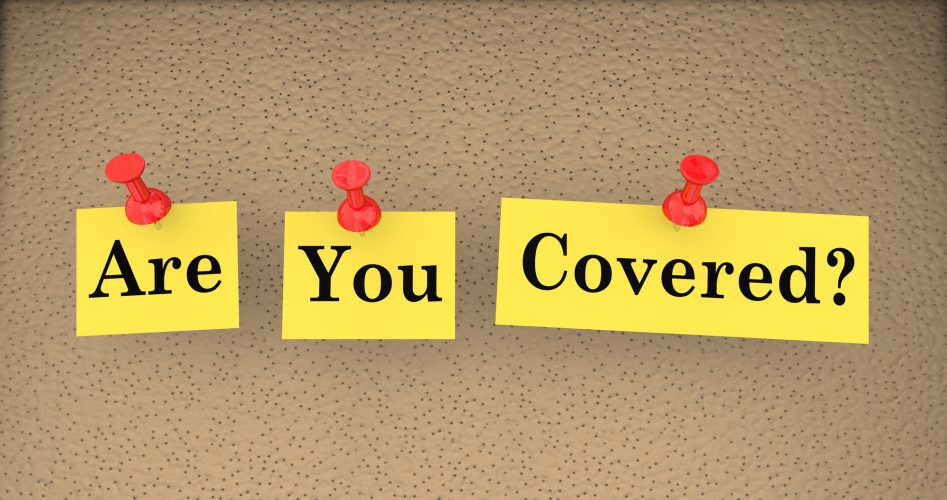Does Renters Insurance Cover Storage Units?: A Complete Guide
When you’re renting a home, you rarely have the storage space needed to keep all your belongings in your apartment or house. Storage units solve the problem, but of course, they come with issues of their own, such as the risk of fire or burglary.
Having renters insurance is a smart idea, but do you need two policies? Or does renters insurance cover storage units?
Here’s what you need to know.
Does Renters Insurance Cover Storage Units?
Yes, if you buy renters insurance, then it will cover your storage unit.
Every policy is different, but the same rules should apply to your storage unit as your rental unit. That means fire, tornadoes, burglary, and water damage will all fall under your policy.
There are limits. You won’t enjoy the same coverage for both your rental and your unit. Policies typically cap storage unit insurance at 10% of your total policy value. So, if you have $50,000 in renters insurance, then you have $5,000 in coverage for your storage unit.
What Isn’t Covered?
There are a few instances when your policy won’t kick in after an emergency.
First, if you need to claim a result of a flood, earthquake, or pest, then your insurance won’t cover you. You typically need specific flood insurance to protect your possessions.
Second, neither renters nor storage unit insurance cover certain high-value items. Storage unit coverage never includes things like gold, musical instruments, valuable art, or other rare items. If you have jewelry (including expensive wedding rings), then you likely need to add a jewelry insurance rider or seek out insurance policies that cover your valuable items specifically.
There may be other limitation clauses depending on your state and policy provider. Always read the policy in full before deciding on the best storage unit insurance for you.
When Should You Buy Renters Insurance and Storage Unit Insurance?
So, when should you buy both renters and storage unit insurance?
Most people won’t need both, but you might consider looking for two policies if 10% of your policy value doesn’t cover what’s going into storage.
You might find this to be the case if you’re downsizing from a family home into an apartment and keeping the vast majority of your things. In this case, you would have a significant amount of furniture or other items into storage either temporarily or permanently, and $1,000 to $5,000 wouldn’t cover the value your storage unit.
What about storing valuable possessions? As noted before, you typically need policies covering your valuable items specifically or riders that do so rather than buying two of the same policy (renters and storage unit).
Make Sure You Have the Right Cover
Does renters insurance cover storage units? The answer is yes! However, there are policy limits.
If you have unique needs, such as a significant amount of stuff in storage or high-value items, then you’re likely to need multiple policies or riders for full coverage. Make sure you talk to an agent before you sign the dotted line. Because when you have the right cover, you can rest easy.
Are you looking for more helpful content? Visit the finance archive for more money matters.




